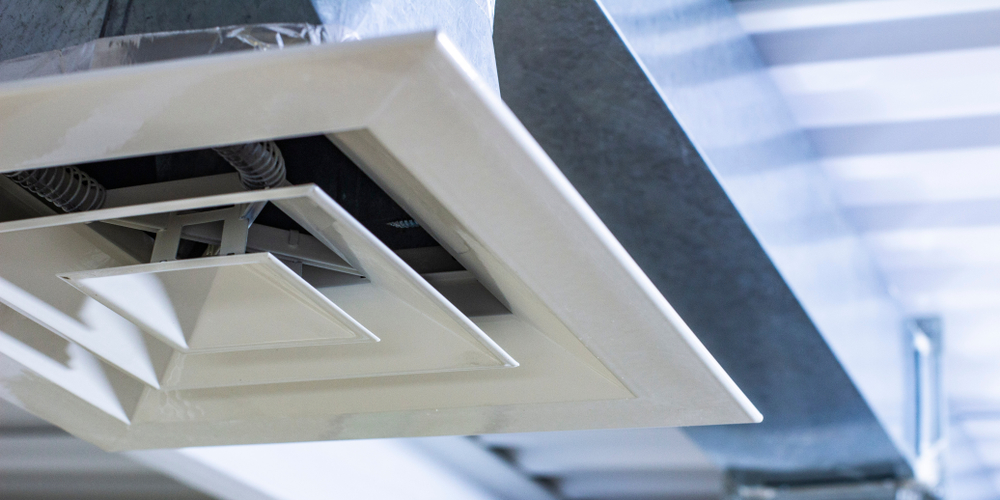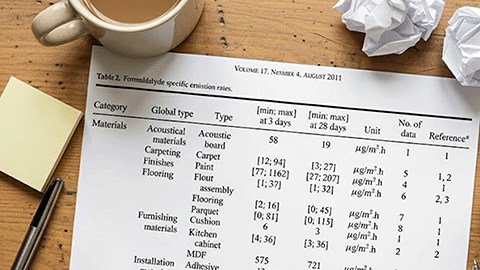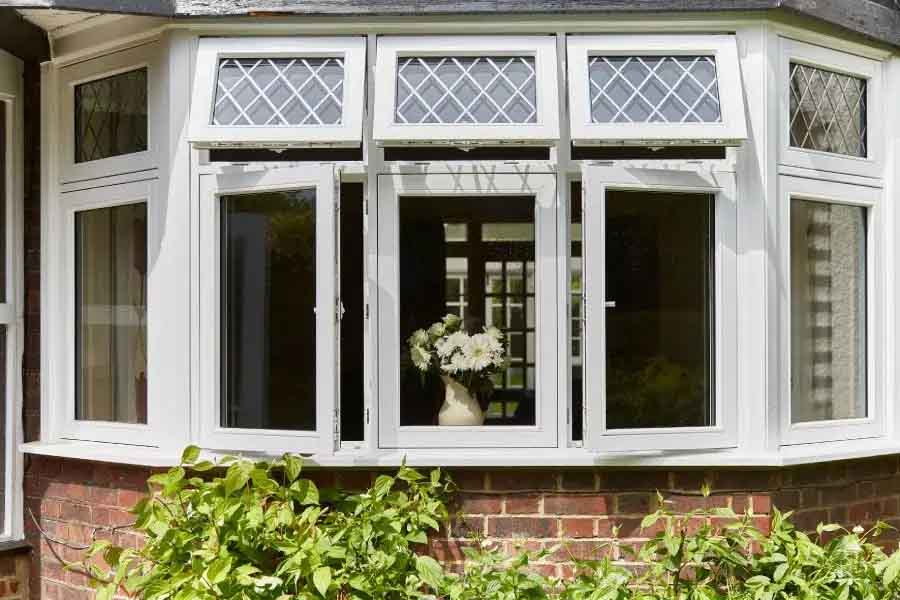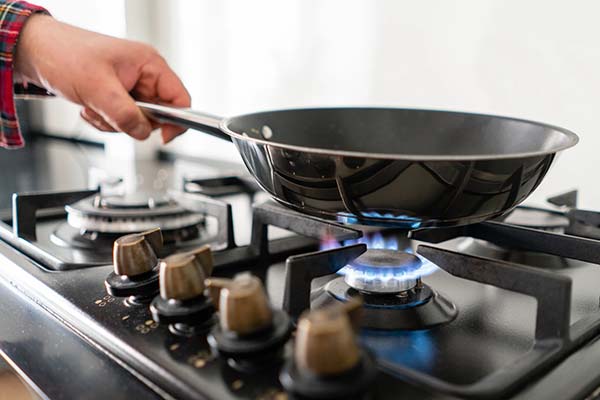How Often Should You Clean Your Air Ducts?
The frequency of air duct cleaning required will vary depending on several factors, including the specific conditions in your building, but inspections should be carried out on an annual basis as a minimum.
What the standards say
British Standard BS EN 15780 details three classification levels for buildings dependent on the building’s use, which determine how frequently ventilation systems should be inspected. However, there isn't a universally agreed-upon schedule for how frequently air ducts should be cleaned.
- Low – for low occupancy rooms, such as storage rooms.
- Medium – for higher occupancy rooms, such as offices, hotels, restaurants or schools.
- High – for specialist environments, such as treatment areas in hospitals and laboratories.
Air duct cleaning will only be required once the levels of contamination present within the ductwork exceed the defined levels.
TR19 Air provides recommendations for how often different parts of the ventilation system should be cleaned. However, the frequency varies depending on factors like the type of building, its use, and the level of contamination.
Best practices for keeping air ducts clean
Regular Inspection: Perform periodic inspections of your air ducts to assess their cleanliness. If you notice a significant accumulation of dust, dirt, mould, or other contaminants, it may be an indication that cleaning is needed.
Visible Contamination: Consider air duct cleaning if there is visible mould growth inside the ducts, evidence of vermin infestation, or an excessive buildup of dust and debris.
Health Considerations: If there are health concerns related to indoor air quality, such as unexplained allergies or respiratory issues, it may be worth investigating whether duct cleaning could improve the situation.
HVAC System Maintenance: Regular maintenance of your HVAC system, including changing air filters according to the manufacturer's recommendations, can contribute to better indoor air quality and reduce the likelihood of contaminants entering the ducts.
Local Regulations and Guidelines: Check with local authorities or HVAC professionals in your area, as there might be specific guidelines or regulations influencing the recommended frequency of air duct cleaning.
For more information on how to carry out ductwork inspections,
see our article 5 Signs You Need to Clean Your Air Ducts
Air duct assessments
Air duct cleaning services can be carried out in conjunction with other air hygiene services like replacement HVAC filters.
If you're still uncertain about how frequently you should clean your ducts, consult with a qualified HVAC technician or duct cleaning professional. They can assess the condition of your system via preferred vacuum testing in accordance with TR19 Air guidance and provide guidance based on your specific circumstances and local considerations. Keep in mind that guidelines and recommendations can evolve, so staying informed about the latest information in your region is essential.






